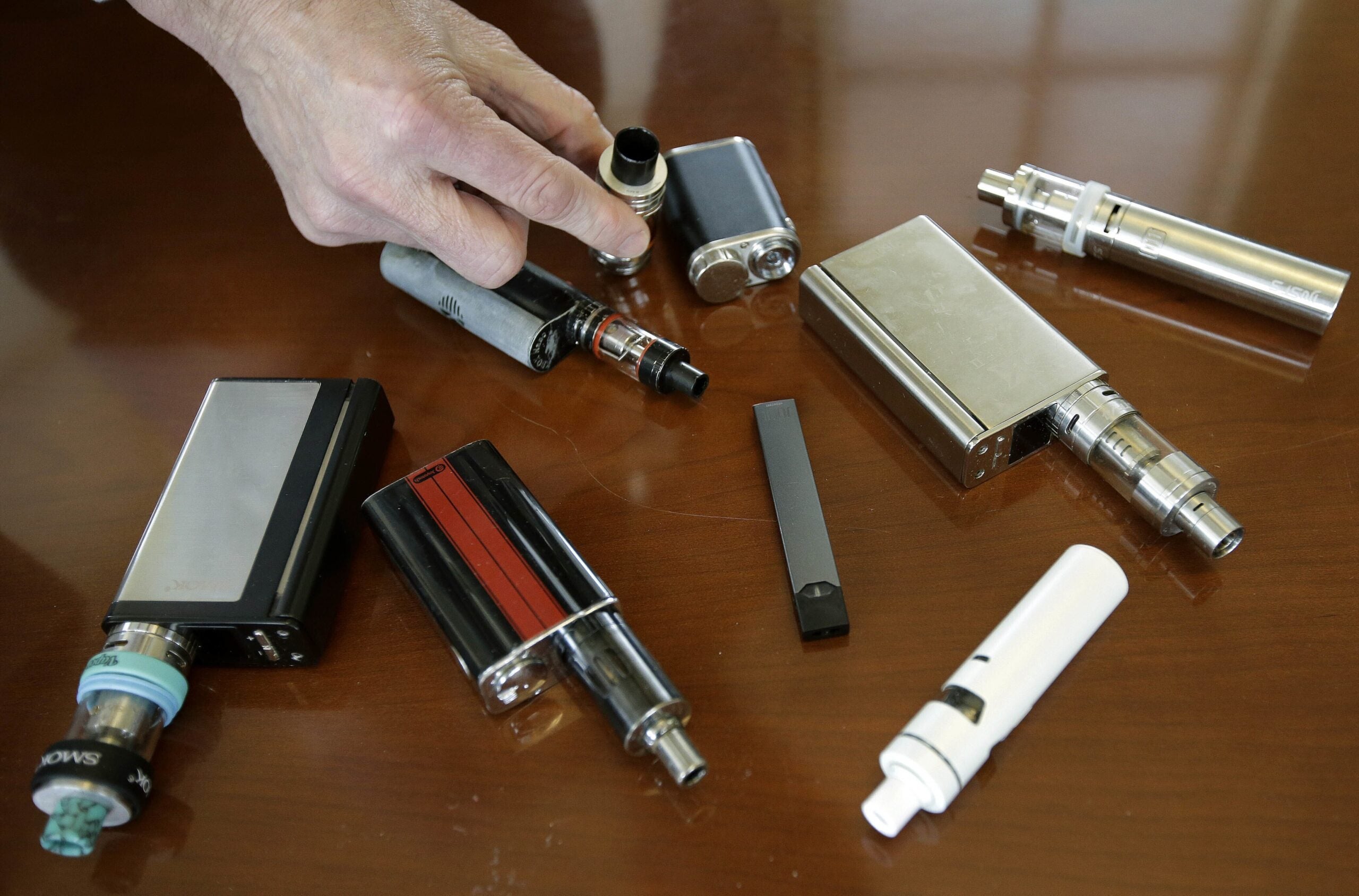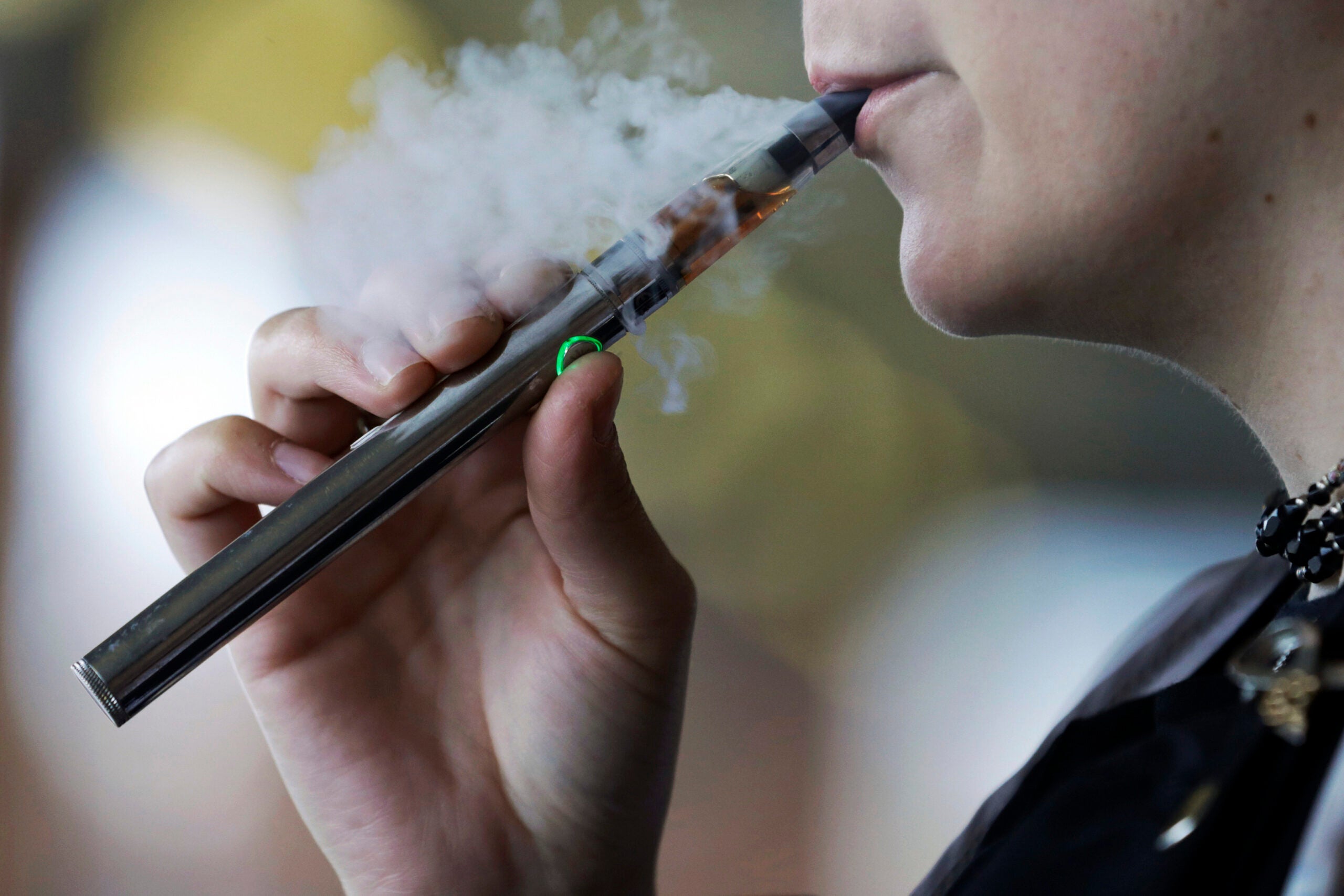The Wisconsin Department of Health Services is seeing progress in decreasing the sale of tobacco and vape products to underage users.
Health officials track retailer violations, which decreased from 13.6 percent in 2023 to 11.8 percent in 2024.
Dr. Mark Wegner, the department’s chronic disease medical advisor, said that number is still higher than he wants to see, but the department’s public awareness campaigns are making an impact.
News with a little more humanity
WPR’s “Wisconsin Today” newsletter keeps you connected to the state you love without feeling overwhelmed. No paywall. No agenda. No corporate filter.
He joined WPR’s “Wisconsin Today” to discuss the health effects of underage nicotine use and the lingering confusion over differences in state and federal law for tobacco.
The following was edited for clarity and brevity.
Rob Ferrett: Why is it important to go out and check compliance for places selling tobacco and nicotine products to people under 21?
Dr. Mark Wegner: We had a change in the federal law in 2019. It used to be under 18 years old was underage. Now it’s under 21. That’s the federal law. [Wisconsin] state law did not change to match that. But despite that, the federal law is still what is in effect. So there is confusion on the state level because of that.
So we have had this program in place to monitor compliance with sales to underage buyers since the early 2000s, and we’ve seen that it’s had a great impact. It was able to bring the numbers down right before the law changed from 18 to 21.
We’re grateful to all the retailers who have been following the law and making sure not to make underage tobacco sales, but there’s still a significant portion selling to underage buyers, and so we still have a lot of work to do to bring that down.
RF: How important is the retailer side of this to preventing underage nicotine use?
MW: It’s a great help. When we look at individuals who are adults who are smoking, about 80 percent of those individuals started smoking before the age of 18 and about 95 percent started before the age of 21. So if we can prevent individuals from starting early, we have a great chance of having them have a lifelong healthy lifestyle without exposure to tobacco products.
RF: Why did the federal law change from 18 to 21?
MW: Well, the younger an individual is, if they’re starting to use tobacco products, they’re more susceptible to the harms. Nicotine can harm parts of an adolescent brain that control attention, learning, mood and impulse control. That exposure to nicotine during childhood can have adverse effects on brain development. So the longer that we can keep individuals off of tobacco products, the better.
RF: Would it help if Wisconsin changed its state laws to match the federal age of 21?
MW: Yes, it definitely would because there are enforcement issues at the local level. They can only enforce what’s in the state law, even though the federal law supersedes that. So there is confusion with that, and it would make it a much simpler message. That’s why we’re trying to make sure that we get the education out there to let them know that 21 is the law that must be followed.
RF: What would you suggest parents watch for now and talk to their kids about with modern nicotine products?
MW: We have a great campaign about that, which is the “Tobacco Is Changing” campaign with a lot of great information about all the different tobacco products that are gaining popularity with youth, as well as the type of flavors and packaging that draw people in.
It can show you that e-cigarettes now come in all shapes and forms. They can look like flash drives, and even newer products now resemble everyday items, like a smartwatch or hoodies or backpacks. Even the drawstring of a hoodie could be an e-cigarette device.




